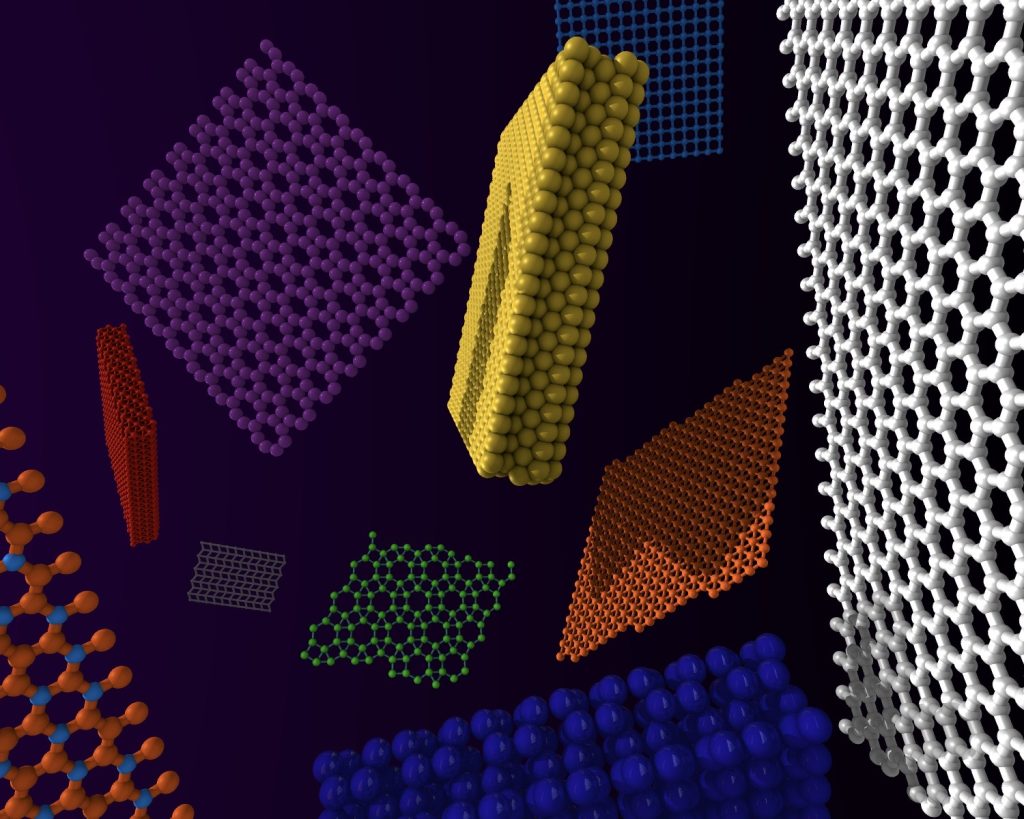A deep learning method to predict ice formation outperforms human scientists

From glaciers, to cryopreservation, to climate modelling – the ability of materials to promote ice nucleation is at the heart of a myriad of technologies and natural phenomena. Predicting the ice nucleation ability of materials thus presents great opportunity; however, it has presented an equally great challenge: despite over 75 years of research, no reliable method or guideline exists.
In this paper, we address this by employing deep learning methods to accurately predict nucleation ability from images of room temperature liquid water – generated from molecular dynamics simulations – on a broad range of substrates. The resulting model, named “IcePic”, can rapidly and accurately infer nucleation ability – eliminating the requirement for either notoriously expensive simulations or direct experimental measurement.
IcePic was pitted against researchers from across the globe in an online quiz to predict the ice nucleating efficacy of materials. IcePic won hands down! Whereas it was highly accurate, human performance was near random guessing. IcePic then helped teach us new physical insight into nucleation. First it helped identify the typical errors made by humans. Then, by applying reverse interpretation methods to IcePic, key patterns and properties of water contact layers that control ice nucleation were retrieved. Remarkably, the model shows that the interfacial structure of water alone is sufficient to determine nucleation.
https://www.pnas.org/doi/10.1073/pnas.2205347119
Michael Benedict Davies, Martin Fitzner and Angelos Michaelides
Video: Scientists vs AI: IcePic predicts ice crystal formation
